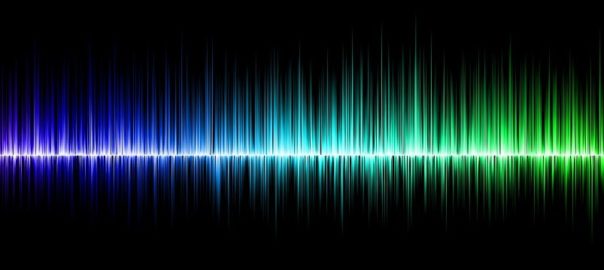Most of us are not very practiced in using a tool that have we’ve been given. We listen to others. We notice sounds. But we’re not very sophisticated in appreciating what pristine sound can reveal.
Imagine a relative who rarely strays from home and who has also just bought a luxury performance car. It will transport him to and from the grocery store, along with a few other places in his community. But the car will probably never see the open road. So it all seems like a mismatch. The owner will ask so little of a car that is designed to do so much.
The same can be said for how we use the miraculous sense organs thoughtfully attached to both sides of our head. We and most animals are binaural listeners. We hear in stereo. And that gives us the ability to locate where sounds come from. But that’s only the start. The mechanical bones and nerves of the middle and inner ear are amazingly sensitive. They are—pardon the pun—perfect windows fully open to mere whispers coming from the outside world. Admittedly, if you are my age, they are mostly open. Hearing acuity is best in children, which is one reason they are easily startled by the rude noises of the everyday life.
Here’s the point. Most of us are not very practiced in using the tool that have we’ve been given. We listen to others. We notice sounds. But we are too accepting of assaults on our ears in places where we work and play. These intrusions into our aural space may come from motorcycles, lawn equipment, loud restaurants, car horns and a hundred other sources. We tolerate loud noise and constant sound—frequently frying ears and brains in the process. A result is a dulling of our hearing, forcing us to miss what pristine sound can tell us.
All of this forces us to overlook the pleasures of natural sound layering, where ambient sounds can mix or contrast with dominant foreground source. For example, stand in a quiet forest long enough, and our aural sense of depth can open up. In the woods, air moving through trees has its own auditory signature. Add in a pair of birds calling back and forth to each other over a distance, and the whole scene seems richer and more interesting. This is dimensional listening, reclaimed when we liberate ourselves from the racket of a world.
The organized sound of music is where we are more likely to pay attention to the spatial capabilities of the aural. But even here, we frequently ruin the experience by depending on cheap electrical devices that distort, or are too loud for the delicate mechanisms of the ear. The result flattens music into a one-dimensional experience.
Putting ambient noise into the mix helps us hear the dimensionality that we have often trained ourselves to ignore.
Consider a variation on this problem. If you view nearly any Hollywood film produced after 1950, the sound of the actors singing will usually not match the space they are in. Most were recorded on a sound stage first, lip-syncing later on the set. So at the start of the landmark musical Oklahoma! Curly rides his horse across the open prairie gloriously singing Oh What a Beautiful Morning, but in the incongruous acoustics of a reverberant studio. The same is true with most action sequences, where dialogue is re-recorded later on. “On location” sound is difficult to capture. There is an old assumption that “pre” or “post” dubbing will not be noticed. But your ears can easily recognize the aural discontinuity of different spaces.
Try this simple experience. Listen to a good acoustic recording on good headphones. And see, if over time, you can place the layout of the players or singers. Are they all in the same acoustic? Who is in front and who is in back? Where is the piano on the ‘sound stage’? And what is the room contributing to the sound? Hearing dimensionality recovers what we have often trained ourselves to ignore.
Listen to the iconic recording of Chan Chan from the Buena Vista Social Club below. You can hear the musicians spread out in the space of an old Havana studio once owned by RCA. The recording, like some live concerts, is a feast of coherent aural information. To use the old cliche, it seems like we are with these musicians, some of whom remembered when Havana at night was a rival to Miami.
![]()
